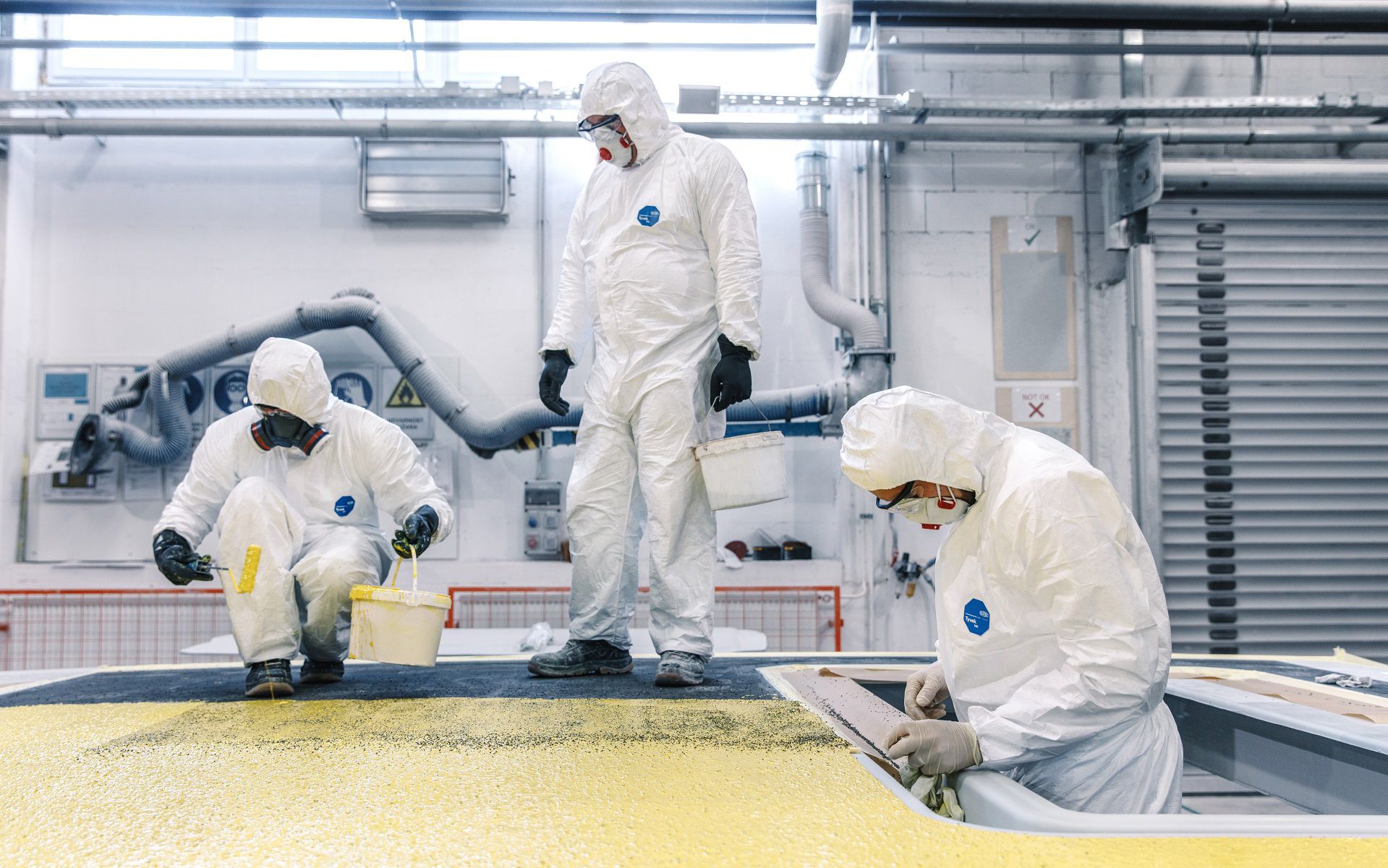Challenge: In a resource-constrained world that is only 9% circular, we need to move away from linear “take-make-dispose” models. That requires better understanding of the barriers to adopting low carbon and circular techniques across value chains for every product and industry. It also requires that we come together to overcome and solve for those barriers.
Goal: Integrate circular economy principles into our business models considering lifecycle impacts in the markets we serve
Roadmap to 2030
To begin working on our ten-year ambition, we will first:
01
Establish a Circularity Community of Practice with internal and external stakeholders to help us create profitable circular business models that minimize use of natural resources, waste and emissions
02
Participate in forums promoting the advancement of a circular economy in our value chains
03
Deliver business-led projects that enable circularity
04
Implement 4R (Reduce, Reuse, Repurpose, Recycle) waste reduction programs at 100% of our sites
DuPont is acting now to enable a low carbon and circular economy. For example, we’re taking action to discover and commercialize new ways to turn unused materials into useful products or recycling them back into production for a truly circular process. Our portfolio already includes many technologies and processes developed specifically in order to reuse waste—one of the fundamentals of a circular economy. And we’re continuing to pursue new “beneficial waste” solutions in food, apparel, manufacturing, and many other areas.
The DuPont Second Life Materials (2LM) business was created three years ago by our Safety & Construction business to explore how we can create value by becoming a circular economy solutions provider throughout the value chains DuPont serves. 2LM operates as an intrapreneurial startup within DuPont, working closely with both internal and external customers to identify opportunities that simultaneously reduce waste to landfill and realize financial benefits. First, 2LM conducts a technical site visit to identify the various forms of waste a customer produces, including end-of-life product disposal processes and costs associated with each waste and product stream. 2LM then works with the customer to identify avenues of unrealized benefits within those streams and then execute opportunities together.
For example, the 2LM team worked with a tire cord manufacturer to procure their Kevlar®-containing manufacturing waste, which DuPont was able to transform into an aramid pulp product for friction applications in the automotive sector. We worked with our customer to contribute to a circular economy—the customer turned a disposal cost into a revenue stream and DuPont further expanded our product portfolio in the automotive market.
Keeping plastic out of marine environments
DuPont has signed on to Operation Clean Sweep®, an international program designed to prevent waste and help keep plastic materials out of marine environments. DuPont’s Transportation & Industrial (T&I) polymer business signed the pledge for European operations in 2016 and for US operations in 2019. DuPont T&I manufacturing sites will embed Operation Clean Sweep® priorities into their ISO14001 environmental management systems. This will help them work toward zero discharge of plastics to marine and freshwater environments by preventing spills; training employees on spill prevention, containment, clean-up and disposal; and regularly reviewing the program.
We plan to roll out the Operation Clean Sweep® program to all DuPont T&I sites globally and all participating sites will be expected to have an improvement plan in place by the end of 2020.
DuPont is also working with many other organizations to develop and adopt methods and frameworks that will be needed for a truly circular economy. For example, as a member of the PlasticsEurope Mass Balance Taskforce, we’re part of the effort to accelerate the use of renewable feedstocks in chemical processes, which could significantly increase the use of renewable and circular feedback.
Striving for zero waste
Throughout DuPont, we share a common vision of driving towards zero waste. DuPont is working to define what “zero waste” looks like for each of our unique operations – not only inside the four walls of their respective plants, but also across the complete lifecycle of the products we make. And by working closely with our customers and our partners we’re already achieving some promising results.
Our waste reduction efforts build on years of continuous improvement driven by the ISO14001 certification process and by other compliance audits, as well as by our own internal standards. For example, the DuPont Waste Management Facility Selection standard defines our practices in relation to the handling and disposal of process-related waste. A corporate working group manages this standard to ensure that it’s in line with all applicable laws for our global sites.


More Goals
Delivering Solutions for Global Challenges
Align 100% of our innovation portfolio to meaningfully advance the UN SDGs and create value for our customers
Delivering Solutions for Global Challenges
See Goal
Innovating Safer By Design
Design 100% of our products and processes using sustainability criteria including the principles of green chemistry.
Innovating Safer By Design
See Goal
Acting on Climate
Reduce greenhouse gas (GHGs) emissions 30%, including sourcing 60% of electricity from renewable energy by 2030, and deliver carbon neutral operations by 2050.
Acting on Climate
See Goal
Leading Water Stewardship
Implement holistic water strategies across all facilities, prioritizing manufacturing plants and communities in high-risk watersheds; and enable millions of people access to clean water through leadership in advancing water technology and enacting strategic partnerships.
Leading Water Stewardship
See Goal
World-Class Health and Safety
World-Class Health and Safety
See Goal
Accelerating Diversity, Equity and Inclusion
Become one of the world’s most inclusive companies, with diversity well ahead of industry benchmarks.
Accelerating Diversity, Equity and Inclusion
See Goal
Cultivating Well-Being and Fulfillment
Create a workplace where employees report high levels of well-being and fulfillment.
Cultivating Well-Being and Fulfillment
See Goal
Building Thriving Communities
Improve over 100 million lives through targeted social impact programs.











